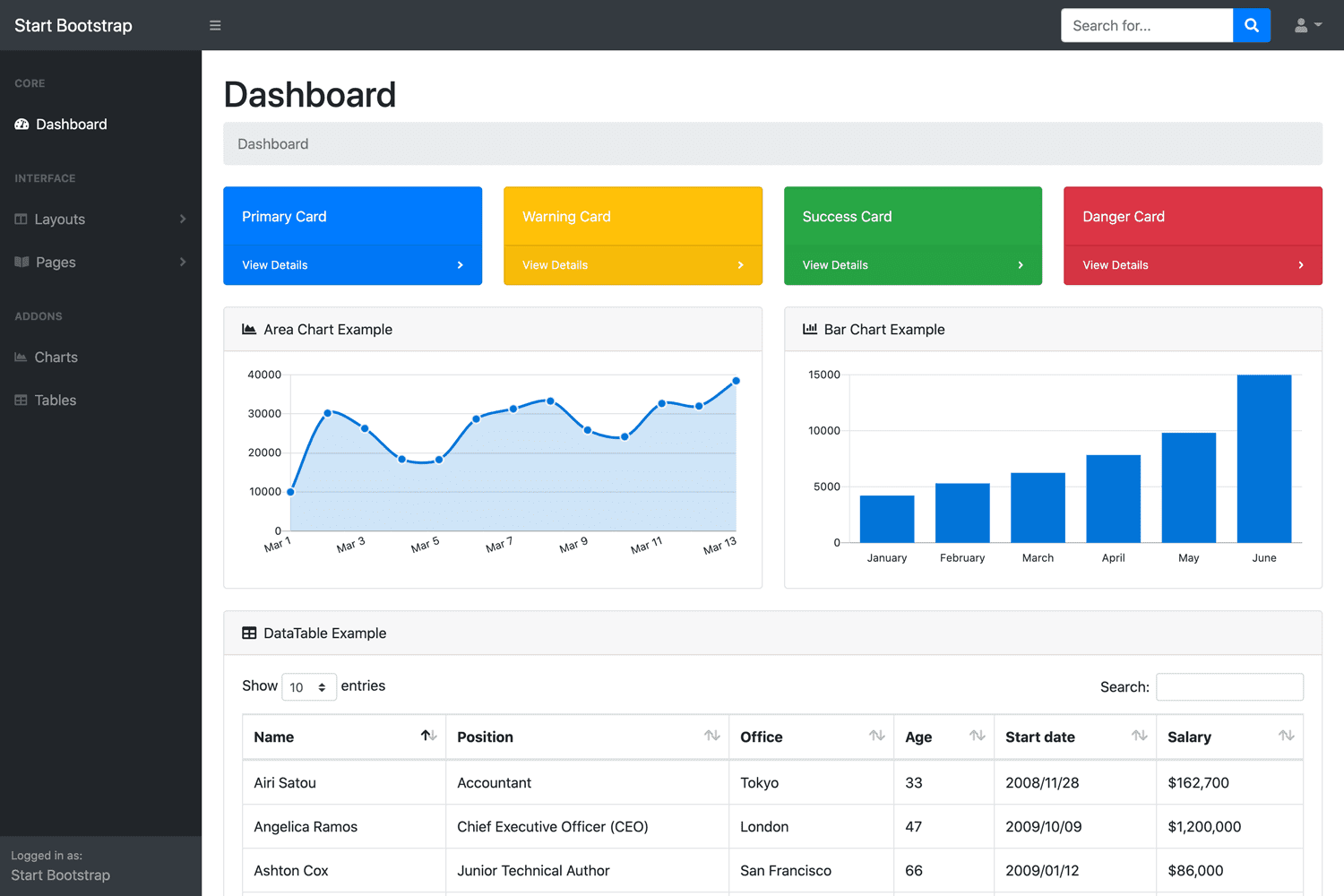How to retrieve the Executable Path in C#
By Tan Lee Published on Jul 03, 2024 4.42K
In C#, you may need to get the current executable file path to access resources like settings, databases, images, or other files located in the same directory as the running program. This can be essential for managing file paths relative to the executable, ensuring that the program can properly locate and use these resources.
There are multiple ways to get the current executable path in C#.
However, the method that works reliably for both C# .NET Console Applications and Windows Forms Applications has been identified as the most effective solution.
How to get the current executable's path in C#?
For example, c# get current path of application
// c# get current exe path
// c# get the full path to the currently executing assembly
string exePath = System.Reflection.Assembly.GetExecutingAssembly().Location; // c# get location of executable
// c# get executable path
Console.WriteLine("Executable Path: " + exePath); // c# get current executable path
// get c# path executable
// c# current executable path
// This will give us the full name path of the executable file, for example D:\Working\FoxLearn\MyApp.exeTo get the current directory of the executing assembly in C#, you can use the System.Reflection namespace along with Assembly.GetExecutingAssembly() and Path.GetDirectoryName() methods.
For example, c# get executable directory
// c# get executable directory // c# get exe path string workPath = System.IO.Path.GetDirectoryName(exePath); // D:\Working\FoxLearn
or
// c# get current directory of executing assembly // c# getexecutingassembly string currentDirectory = Path.GetDirectoryName(Assembly.GetExecutingAssembly().Location);
By using the System.Reflection.Assembly.GetExecutingAssembly() method to retrieve the assembly that contains the code currently executing, you can then get the current executable path in C#.
Next, use the .Location to get location of executable in c#.
Using the Path.GetDirectoryName(exePath) extracts the directory path from the full executable path. This is useful when you want to work with files that are located in the same directory as the executable.
The `workPath` variable holds the current directory path of the executable. You can use this path later to access resources such as settings or asset files stored in the same directory.
string setting = System.IO.Path.Combine(workPath, "app.config"); // D:\Working\FoxLearn\app.config
If you want to retrieve the base directory of the executable without using the Reflection namespace, you can directly access it through the AppDomain class.
// c# get the base directory of the executable
string baseDir = AppDomain.CurrentDomain.BaseDirectory;
Console.WriteLine("Base Directory: " + baseDir);Using AppDomain.CurrentDomain.BaseDirectory gives you the base directory where the executable is located. It's often preferred over using System.Reflection.Assembly.GetExecutingAssembly().Location when all you need is the base directory of the executable .
Unlike Assembly.GetExecutingAssembly(), which returns the directory of the running executable, the AppDomain.CurrentDomain.BaseDirectory method may return the directory from which the application was launched, not necessarily where the executable resides.





